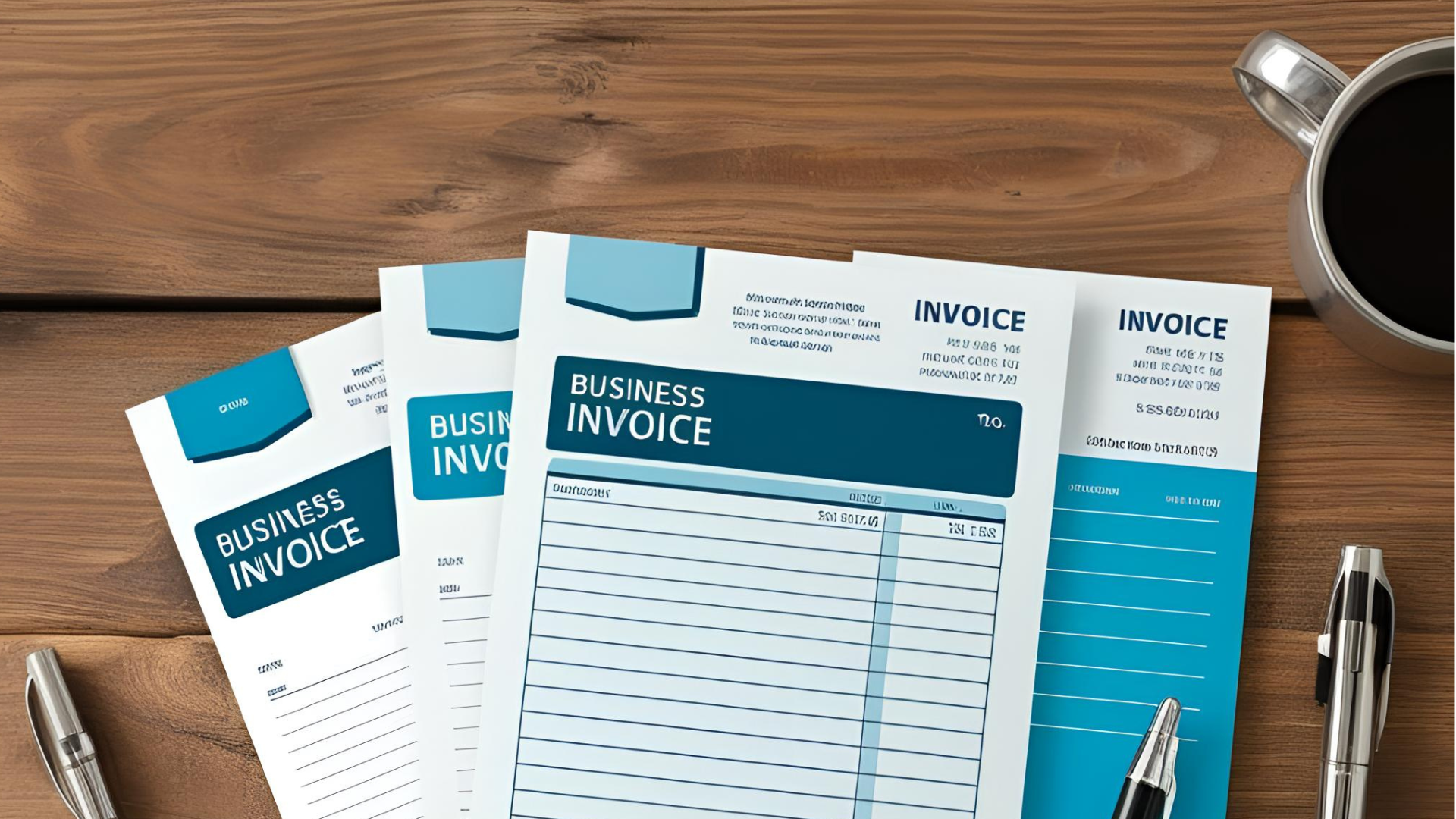Business Consulting
Incorporating a Business: To Form or Not to Form and Other Useful Tips
April 22, 2022

So, you’ve set up your own business (congratulations!), and now you want to incorporate – what’s next? The decision to incorporate could be a great move, depending on how you have set your business up. In this article, we will talk about how corporations work, the advantages and disadvantages of incorporating, and how to start up and maintain your corporation.
How Do Corporations Work?
A corporation is a separate legal entity from the owner and offers liability protection to the personal assets of all the owners. A corporation can conduct any lawful business, which includes signing contracts, owning assets, hiring employers, and taking loans. The corporation is governed by the board of directors, which oversees the management and daily operations of the corporation. One or more shareholders may own a corporation, and the percentage of one’s ownership is directly proportional to the number of shares they own.
Advantages of Setting Up a Corporation
Tax Benefits
Perhaps considered the most significant advantage when forming a corporation; you can enjoy tax benefits depending on how income is distributed. If there is more than one shareholder, you can enjoy the luxury of splitting the income between shareholders, thus allowing for each to be taxed at different rates.
Personal Liability Protection
In a corporation, you will get more personal asset liability protection than any other type of entity. For instance, if your corporation runs into debts or legal obligations, the shareholders are not personally responsible, which is one of the main reasons businesses choose to incorporate.
Disadvantages of Incorporation
Incorporation Costs
You will incur legal fees to form a corporation which can range from $700 to $1,500. A lawyer can assist you to draft Articles of Incorporation, a Shareholder Agreement, and other documents as part of the process of organizing the corporation. Furthermore, you will need to complete a yearly corporate tax return and maintain your corporation’s documents with meeting minutes. Legal and tax filings are a requirement in order to remain in good standing with governmental authorities.
Tax Costs
In some cases, as a sole proprietor, you can use personal tax credits to offset income from personal businesses. Usually, on a corporate tax return, a small business is able to claim the “small business deduction” on its return, but there are various criteria that the business must meet in order to claim this deduction. Furthermore, let’s say your business made a loss on a particular year – this loss can be used to offset your personal income if you are a sole proprietor, but the same cannot be done if you are claiming losses on a corporate tax return.
Setting Up Your Corporation
Choose a Name and Address for Your Corporation
This is the first important step when setting up a corporation. You will also need to include a corporate designation in the name to identify your business as a corporation. It is also essential to ensure that your chosen name does not infringe on any trademarks. If you are dealing with a simple corporation, you can do with a numbered company, but a name is always the better option.
Prepare Documentation
Upon filing, you will need to file your Articles of Incorporation, also known as Certificates of Incorporation or Charter. You can incorporate it electronically, in person, or by mail. You will need:
- Articles of Incorporation
- Ontario-based NUANS (if you’re incorporating in Ontario)
- Cover letter (if incorporating in-person or by mail)
- Potentially other support documents
Open a Corporate Bank Account
You are going to need a bank account in the corporation’s name, which is separate from the owners’ bank accounts. The corporation is a separate legal entity from the owner.
Register for GST/HST and a Payroll Account
A GST/HST account number is usually part of the business number, but if you do not have a business number yet, you will get it once you register for your GST/HST account. You can register for this online, by mail, or by telephone.
Keeping Your Corporation in Good Shape
Filling Annual Tax Returns
Every year you will need to file corporate tax returns with CRA, a T2 return. You can choose to do it yourself if you are the business owner or have an accountant do it for you. We recommend using a professional to fill out your tax return, given that a corporate tax return can be complicated and can require the preparation of financial statements and other supporting documents.
File Annual Corporate Returns
Also referred to as Corporate Registration Fillings, these are different from tax returns. If the business is incorporated in Ontario, you must be registered with the new Ontario Business Registry. This is an annual requirement, which also requires you to submit various documents for the year, including minutes and shareholder registry.
GST/HST Returns
Earlier, we had said that to set up your corporation, you need to register for GST/HST. Businesses pay GST/HST on goods and services they purchase but also charge them on taxable sales. Filing requirements for GST/HST can be monthly, quarterly, or annually and usually depends on the level of taxable sales you have reached. An accountant can assist you with ensuring you are compliant with the GST/HST rules applicable to your business.
Update Your Address
If your corporation moves to a new location, ensure you update the new registered office address.
Amend the Articles of Incorporation
Articles set out the basic structure of a corporation, and thus any changes in a structure calls for amendment in your articles. If your corporation has made amendments to its articles, you can consolidate these changes in the current articles. If you are changing the corporation’s name or the directors have been changed, the respective documents must be included in the application.
Manage Your Payroll and File T4
Running payroll can be administratively challenging, but it becomes easier as your experience grows. A simple guide on running payroll is to hire an employee, gather all the necessary information, choose the methods you will be using to run payroll, determine the payroll frequency, set up payroll software, and submit your payroll remittance to the CRA, then finally file T4s annually.
Trust the Business Advisory Experts at KSSP Partners LLP in Markham to Help You Incorporate Your Business
The decision to incorporate is an important one and there are many essential steps to be taken to ensure the corporation is appropriately formed. Our team of financial and business consultants at KSSP Partners LLP can help make the process as efficient as possible. Contact us online or by telephone at 289-554-5997 to address your business’ unique circumstances.


